Copenhagen in the dark: a look at both sides of the noir-soaked Danish capital
The Danish capital has been a star player in many a Nordic-noir TV series. Here, we take a look at its lighter and darker sides
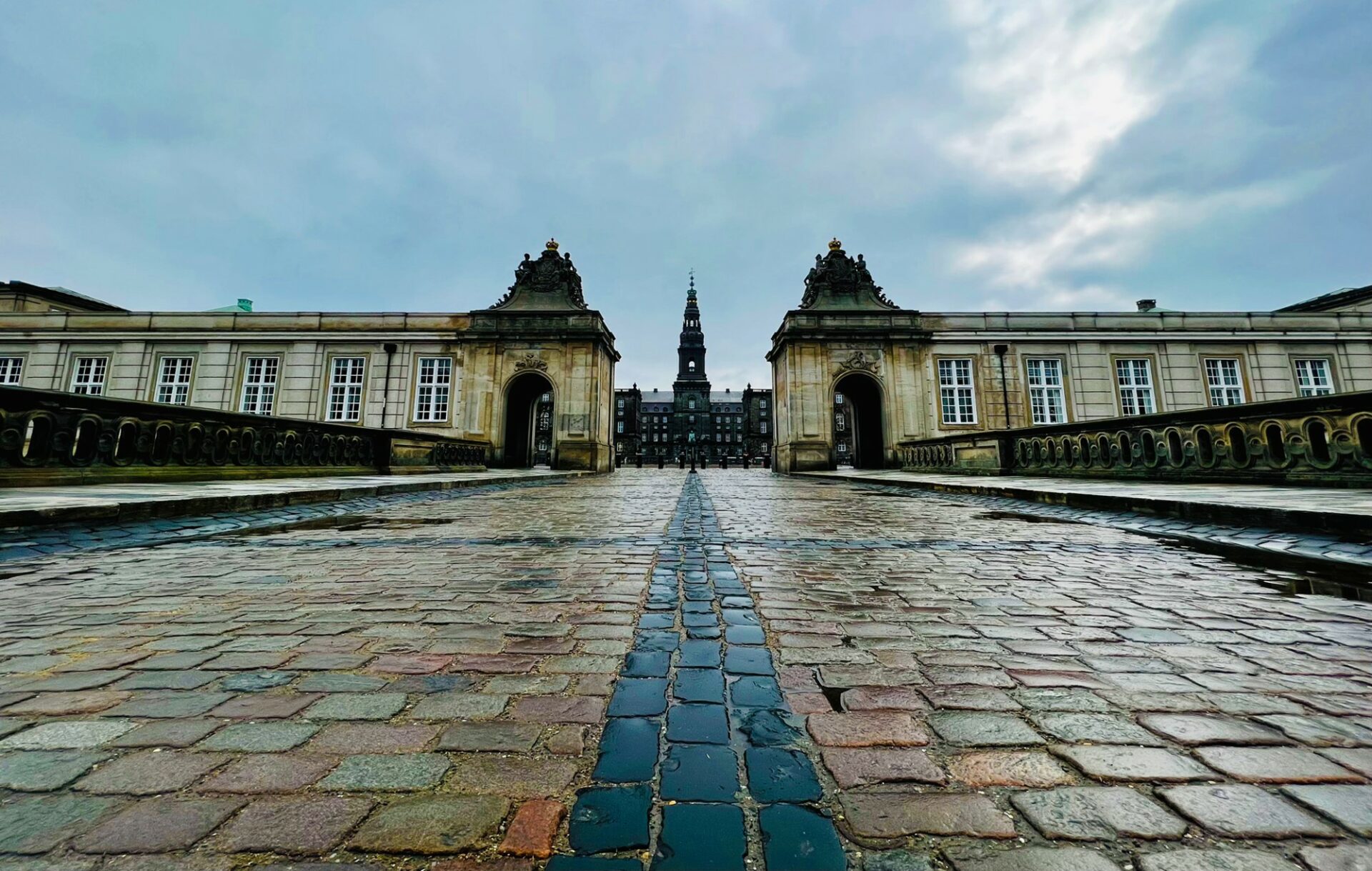
I stand, wearing a suitably long and flowing woollen coat, gazing wistfully (yet defiantly) across Copenhagen harbour, the unforgiving Nordic ‘spring’ winds blasting my face. I may be here as a writer, but in my head, I am a promising junior minister, mentally jostling over whether to compromise my moral stance for a shot at power… the clock is ticking — the Statsminister needs my answer by 9pm. Or, in another scenario, I’m an outstanding yet tortured detective, recently suspended for getting too involved in my case, but deciding to proceed with the investigation nevertheless… to hell with the rules.
Since the late 00s, a great tidal wave of Nordic noir, starting with the likes of The Killing and Wallander, and continuing with the brilliant The Bridge, has placed Copenhagen front and centre of a trailblazing take on the crime procedural genre which made programme makers worldwide sit up and step up their drama game. Borgen — which returned for a new season on Netflix last year — adhered to the lofty Nordic-noir standards of being beautifully shot, acted, written and plotted, but there was very little ‘noir’ about it. Barring some covert night meetings, a few ruined marriages, and a dark back story or two, it always showed the Danish capital in the best light. Scandi noir then folded in a neon twist this year as Copenhagen Cowboy arrived on Netflix, adding some supernatural Blade Runner-esque Day-Glo to the muted Nordic tones. I’m here to see Copenhagen, this metropolis of noir backdrops, in both the light and the dark.
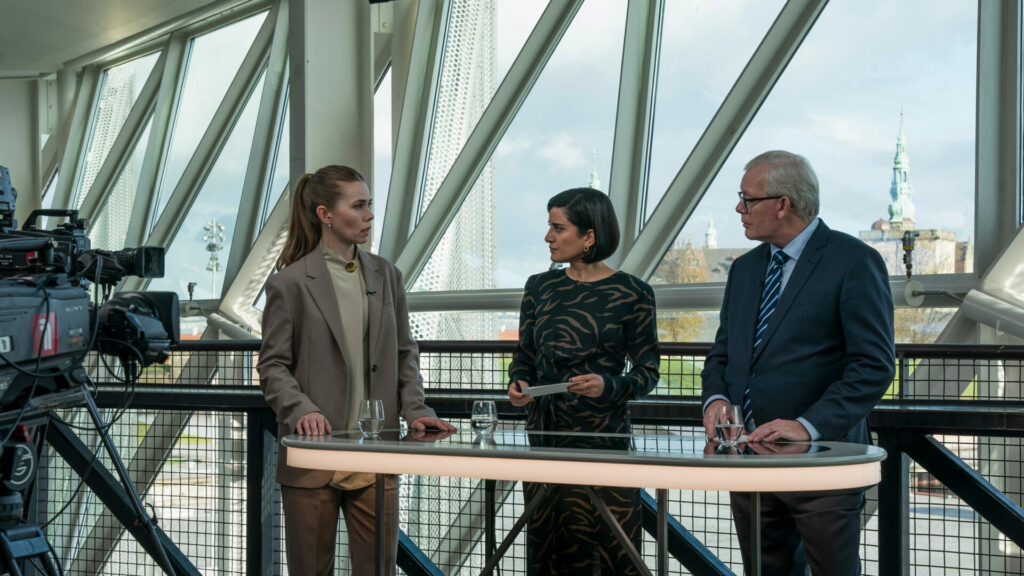
The best way to get to know a coastal city is always from the water, and luckily, Copenhagen has quite a lot of it. I make my way to Ofelia Plads, a pier which, in the warmer months, hosts food trucks, entertainment, and even an urban beach. This is where Anthony, originally from the UK, runs Hey Captain ‘social’ boat tours, escorting up to 10 people on a two-hour ‘Hidden Copenhagen’ jaunt. Through roughly five different kinds of weather — I guess the Danish would call it a smörgåsbord — we witness a public dry ski slope built on top of a bio-incinerator, student housing made from shipping containers, and a rear view of the Little Mermaid statue.
Finally, we motor up the picturesque canal, coming face to face with Borgen from a subterranean perspective. ‘Borgen’ literally means ‘the castle’, and is the nickname given by the Danish to Christiansborg Palace — the imposing baroque and neoclassical building which houses the Danish parliament and judiciary. Once you go inside, of course, in a typically Danish way, they have spliced this architecture with incredible modern interior design with sweeping stone staircases leading up to tastefully lit chambers, and Louis Poulsen’s famous artichoke lamps hanging among the neo-gothic grandeur.
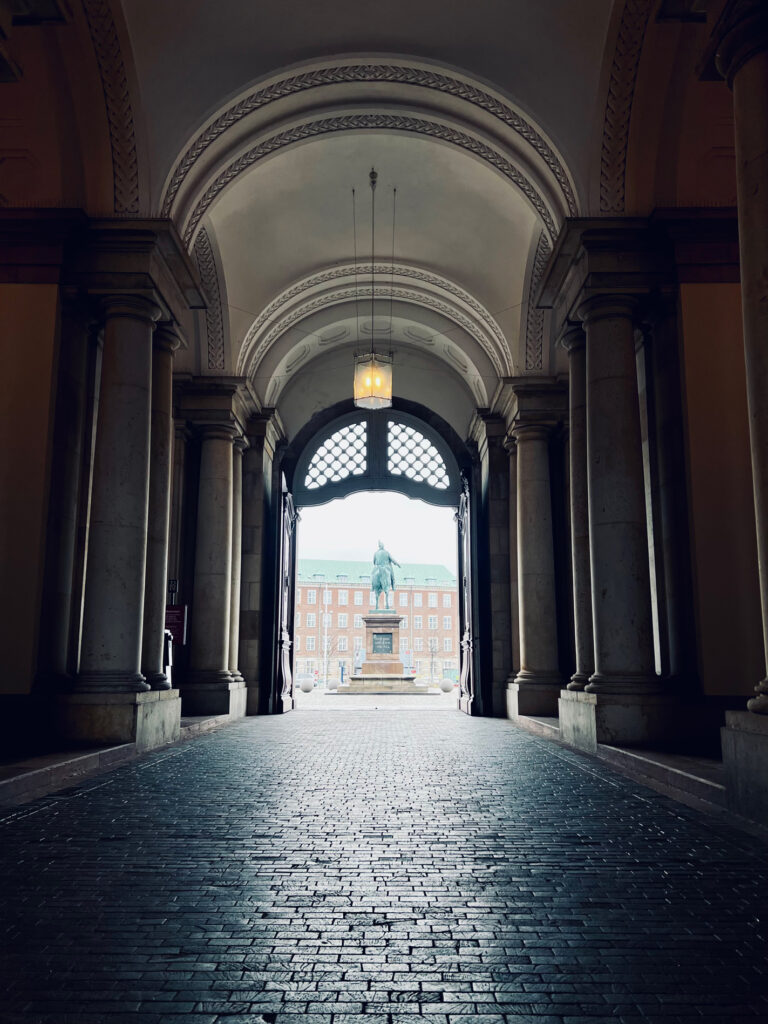
You can book a tour of parliament, however, the guide isn’t usually former Foreign Minister and Social Liberal Party leader Martin Lidegaard, who also acted as a consultant on the most recent series of Borgen. We move through labyrinth-like corridors, which he evidently knows like the back of his hand, until we reach his office. There we talk for a while about what he brought to the new season, which, it turns out, was the main narrative arc: what would happen if a new source of oil was discovered in the Danish dependency of Greenland? He is also formerly the Minister of Climate Change and Energy, so it’s a matter very close to his heart.
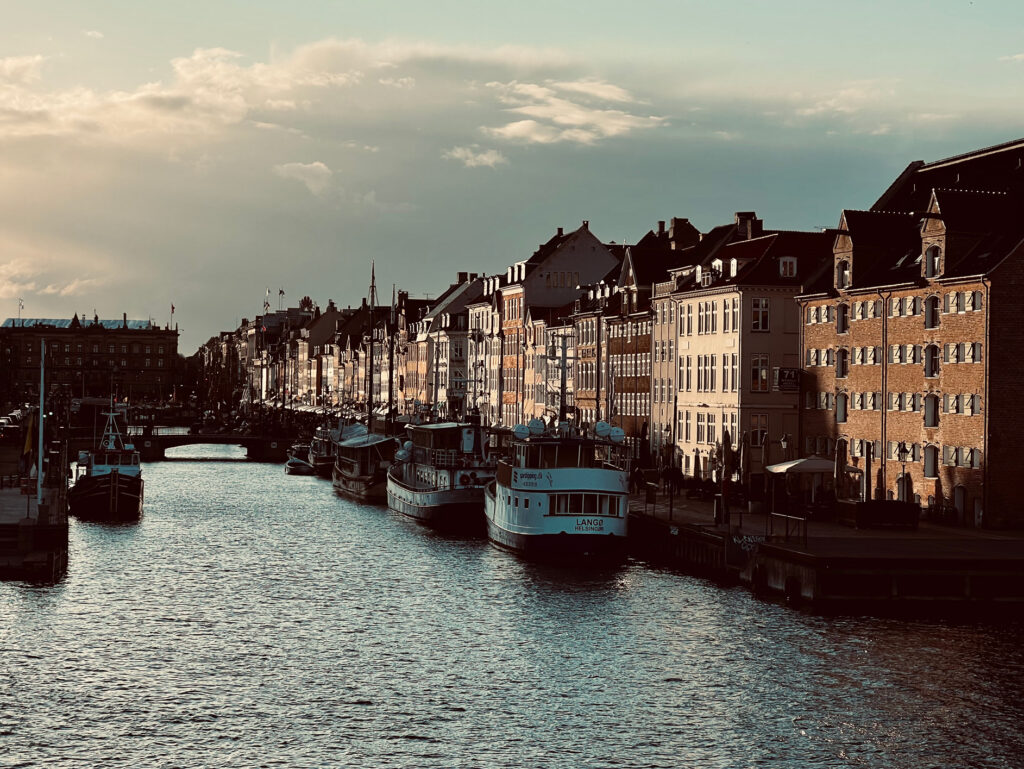
He then takes me to the staff canteen — a welcoming, airy space where rococo spaces rub up against — you guessed it — designer lighting. This isn’t accessible to the public, but the Tower Restaurant, which I visit for lunch a few days later, situated in the tower of Christiansborg Palace, is. There aren’t many restaurants where you have to pass through a bag scanner and metal detector before you are allowed in, but then this eatery is in the very heart of Danish democracy. My meal is a generously stacked ‘open’ sandwich, and I am poured a glass of schnapps — apparently traditional with a Danish lunch — which gets me drunk from just smelling it.
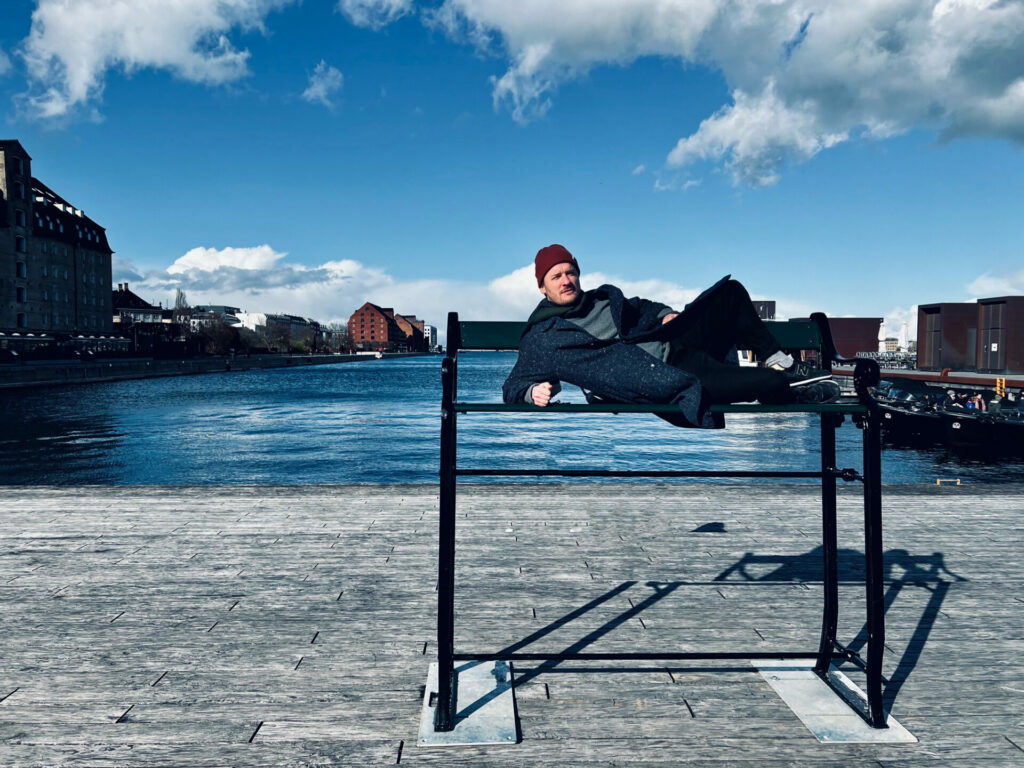
Afterwards, I have a lie-down at my hotel — the recently opened 25 Hours Indre By (meaning inner city). Housed in an old university, and right next to Danish landmark the Round Tower, the quirky and wonderfully appointed accommodation has kept up the educational theme, with blackboard feature walls, and historic texts such as Darwin’s Origin of the Species and Su’s Crap Taxidermy. There’s a plush record-listening room downstairs too, although the only Danish musician I can think of is Whigfield.
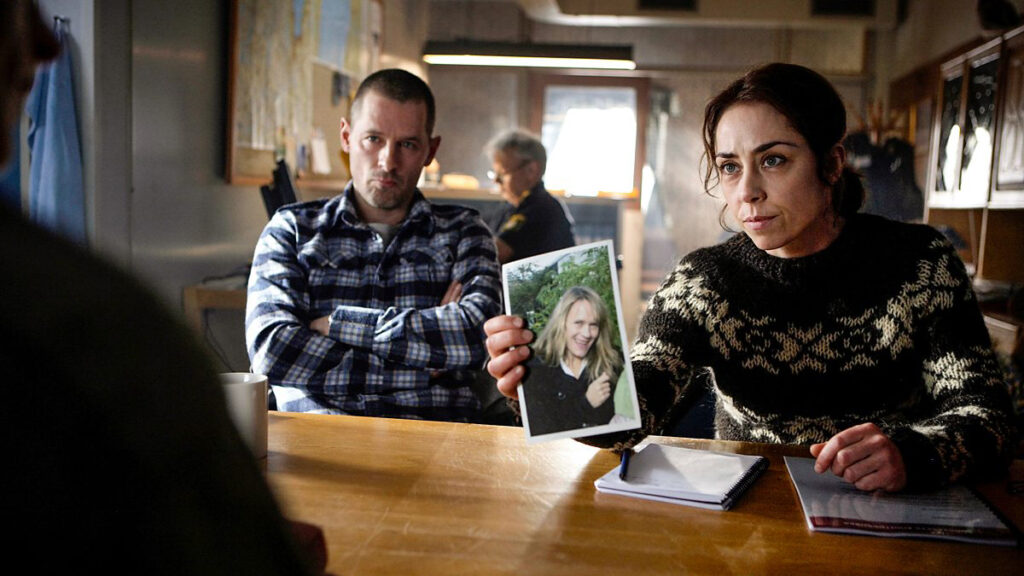
Rested and schnapps fumes duly overcome, it’s probably time to eat again. Il Buco is my next destination. This wonderful contemporary Italian restaurant now occupies the former blacksmith workshop where Prime Minister Birgette Nyborg chooses to base her New Democrat Party in Borgen. I make my way there on foot along the cobbled streets, past Christiansborg, then the buildings which play fictional channel TV1’s headquarters in the show, and the ‘harbour bath’ — a riverside swimming pool that’s half busy with semi-naked people, despite the air temperature being roughly 5 degrees Celsius. What strikes me as I walk back after my meal that evening is how dark a city Copenhagen is — noir, in fact. Perfectly well-lit and safe, of course, but there are no floodlights on the landmark buildings — another contribution towards the country’s already impressive eco credentials… I wonder if Lidegaard was involved.
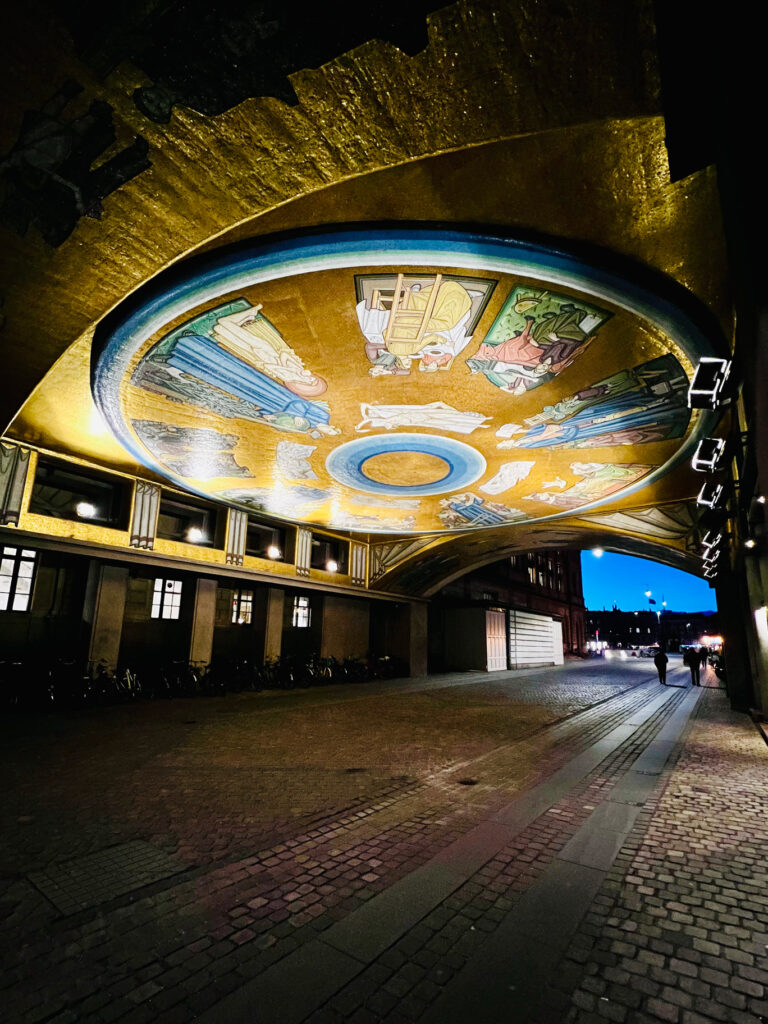
The following morning, sky suitably overcast, and strong gusts of wind alerting me to crevices I never knew I had, I take the Nordic noir walking tour. My guide, Christine, has an intricate knowledge of both Copenhagen and all things Scandi and dark. She takes me on an entertaining and interesting canter around the various sites used during the four seasons of Borgen, and into some dark corners you would normally not find on your own which were used for The Killing and The Bridge. For Borgen fans, there’s The City Hall; the buildings on the harbour, which do a convincing turn as the headquarters of fictional TV1; the café where Kasper (Game of Thrones’ Pilou Asbæk), buys Katrine (Birgitte Hjort Sørensen) a pastry and a coffee. “I remember the day this opened,” recalls Christine, who moved here from France 25 years ago. “It was the first place you could get white bread and espresso in Copenhagen. Before that, I had gastronomic depression.” I also learn about Sarah Lund’s famous chunky jumper from The Killing. Hand-knitted on the Faroe Islands, the distinctive garments cost about £300 a pop, but the designers failed in their legal bid to stop others producing cut-price versions.
The following day, in Frederiksberg — south of Indre By — I work my way through one of the oldest zoos in Europe in order to reach my next dining location. In the first episode of Borgen season 4, Nyborg holds a press conference in front of the panda enclosure at Copenhagen Zoo. This space is, in fact, a French-Asian restaurant called Bistro PanPan, which wraps around the home of the male, Xing Er, basically making him your dining companion, as the friendly staff pander to your every need.
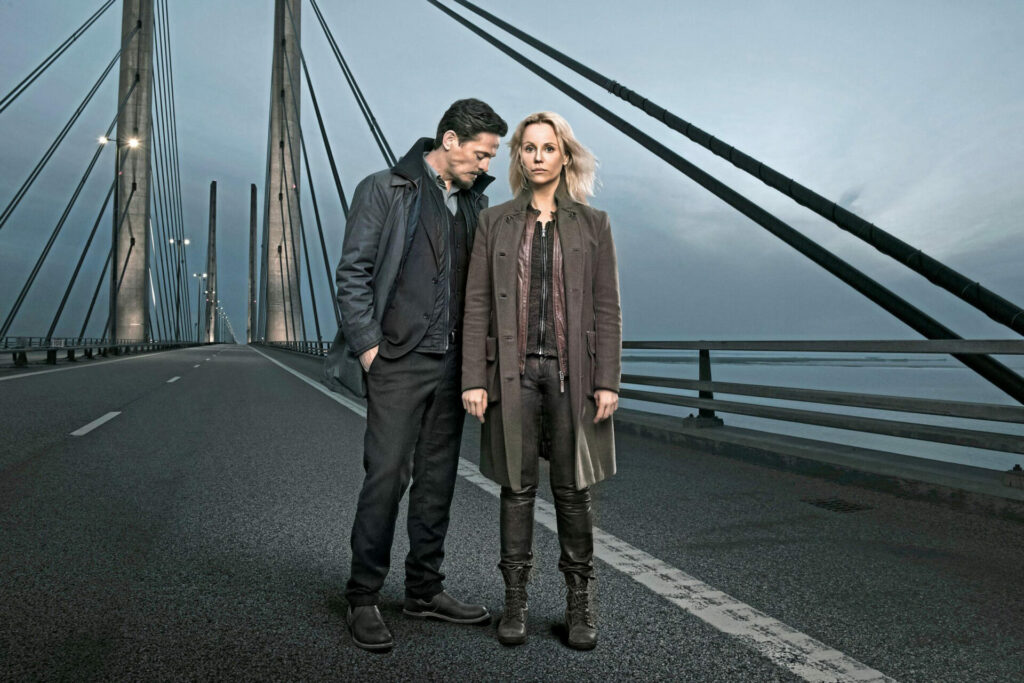
I go to see Mao Sun, the female, who is basking on a rock in a separate enclosure, pass some depressed lions on my way out, and then bus over to Nørrebro, a district I am reliably informed by Lidegaard is the Kreuzberg of Copenhagen — all independent shops, shabby chic bars, street food and an artsy crowd. Nyborg meets her son — a main character in season 4 of Borgen — in local Nørrebro institution Tjili Pop, a hipster/student café-bar by day, and casual live music venue by night. It’s hard not to fall in love with this city, mooching around the streets, picking through the vintage and record shops. People-watching is a particular pleasure here too, as everyone seems so well-dressed (they really know how to knot a scarf).
Despite the reliably unreliable Scandinavian weather, Copenhagen is eminently liveable — a buzzing and varied food scene, an open, artistic feel, and a thriving metropolis built on design, and, most interestingly, compromise — where the traditional meets the modern; where the classical meets the cutting edge; where they call things that are clearly not sandwiches ‘sandwiches’.
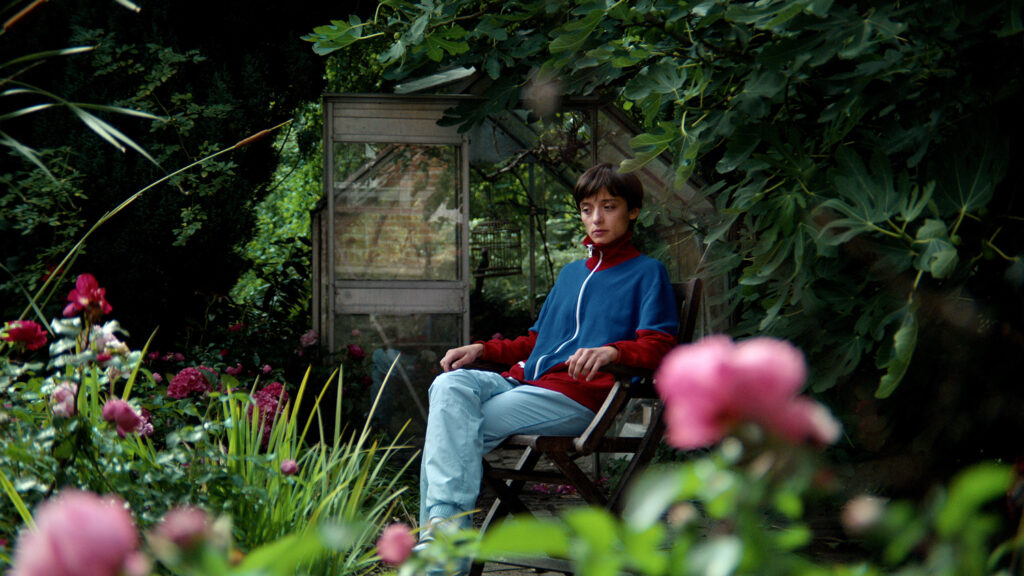
Perhaps this is why shows such as Borgen and The Bridge could only have been made in Denmark — a clash of personalities, of old and new, rarely results in fighting here, rather compromise and resolution. Denmark is, after all, often ranked one of the happiest countries in the world… and we haven’t even mentioned hygge.
Taken from issue 11 of Rolling Stone UK, out May 11. Buy your copy here.
